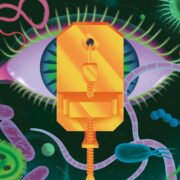
The Secret Microscope That Sparked a Scientific Revolution
How a Dutch fabric seller made the most powerful magnifying lens of his time—and of the next 150 years—and became the first person ever to see a microorganism. ..

How a Dutch fabric seller made the most powerful magnifying lens of his time—and of the next 150 years—and became the first person ever to see a microorganism. ..
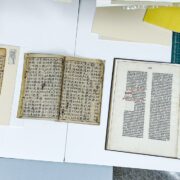
Movable metal type is often traced back to Gutenberg’s workshop, but its history is far older in Asia. Researchers are using atomic-scale tools to rewrite ..
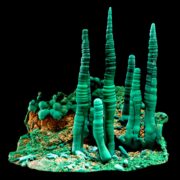
Living organisms leave a huge geochemical imprint on the planet, a new taxonomic system reveals. It might help identify other worlds with life. ..
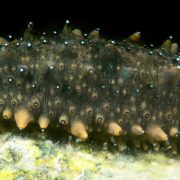
Sea cucumbers are squishy and soft. They also employ lethal strategies to protect themselves. ..

Without it, it would be impossible to inflate a balloon or a tire. But understanding how it works requires a little bit of physics and chemistry. ..
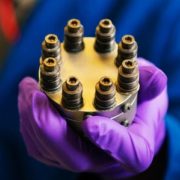
Researchers have designed a molten salt battery that turns solid at room temperature, trapping the energy inside. ..
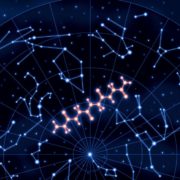
The discovery that short peptides can form spontaneously on cosmic dust hints at more of a role for them in the origin of life, on Earth or elsewhere. ..
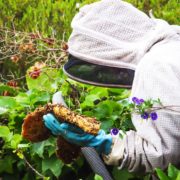
Later this year, the agency will decide whether to allow four chemicals, which have been banned in Europe, to continue being used on US farms. ..
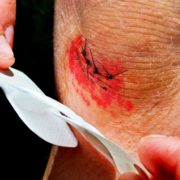
Keeping wounds covered can help them stay clean. But if bacteria grow beneath the bandages, things can get dangerous. ..
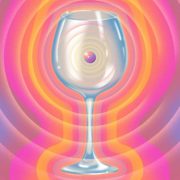
The same phenomenon by which an opera singer can shatter a wineglass also underlies the very existence of subatomic particles. ..